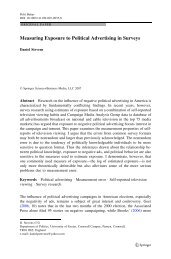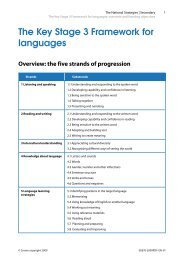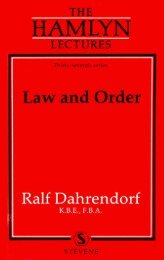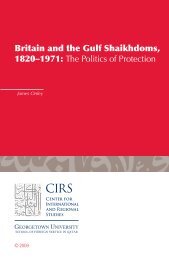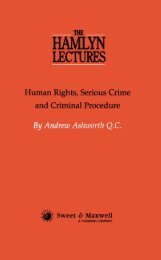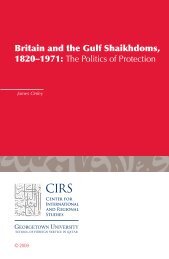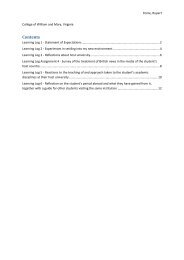The Common Law in India - College of Social Sciences and ...
The Common Law in India - College of Social Sciences and ...
The Common Law in India - College of Social Sciences and ...
- No tags were found...
Create successful ePaper yourself
Turn your PDF publications into a flip-book with our unique Google optimized e-Paper software.
170 <strong>The</strong> <strong>Common</strong> <strong>Law</strong> <strong>in</strong> <strong>India</strong>statutory rule-mak<strong>in</strong>g power by the Governor-General<strong>in</strong> Council. We are faced therefore with the necessity<strong>of</strong> creat<strong>in</strong>g autonomous units <strong>and</strong> comb<strong>in</strong><strong>in</strong>g them<strong>in</strong>to a federation by one <strong>and</strong> the same act."This artificial federal scheme was devised ma<strong>in</strong>ly<strong>in</strong> order to provide <strong>and</strong> ma<strong>in</strong>ta<strong>in</strong> conditions whichwould, notwithst<strong>and</strong><strong>in</strong>g the transfer <strong>of</strong> political power<strong>in</strong>to <strong>India</strong>n h<strong>and</strong>s, enable Brita<strong>in</strong> to ma<strong>in</strong>ta<strong>in</strong> its holdover <strong>India</strong>. Though the autonomous units createdby the Act <strong>of</strong> 1935 began to function from 1987, asevents shaped the federation envisaged by the Actnever came <strong>in</strong>to existence.<strong>The</strong> year 1947 witnessed the fruition <strong>of</strong> the <strong>India</strong>nstruggle for freedom; a bloodless revolution whichbrought about the transfer <strong>of</strong> power from British to<strong>India</strong>n h<strong>and</strong>s. <strong>The</strong> manner <strong>in</strong> which this transfer waseffected was <strong>in</strong> some respects unique. <strong>The</strong> BritishParliament which had governed the country for abouta century abdicated; <strong>and</strong> by the very statute bywhich it abdicated—the <strong>India</strong>n Independence Act—it created a new dom<strong>in</strong>ion, the Dom<strong>in</strong>ion <strong>of</strong> <strong>India</strong>.<strong>The</strong> Act also conta<strong>in</strong>ed a mach<strong>in</strong>ery for the fram<strong>in</strong>g<strong>of</strong> a new Constitution for <strong>India</strong>. <strong>The</strong> ConstituentAssembly formed under the Act was to prepare it.<strong>The</strong> Assembly evolved the present Constitution <strong>of</strong> thecountry after debates spread over three years. Thus,<strong>in</strong> a sense, the <strong>India</strong>n Constitution <strong>of</strong> 1950 spr<strong>in</strong>gsout <strong>of</strong> the parliamentary statute <strong>of</strong> 1947.<strong>The</strong> Assembly had to make a difficult decision. Onone side was the history <strong>of</strong> a centralised government<strong>in</strong> <strong>India</strong> for over a hundred years under the British.<strong>The</strong> experience <strong>of</strong> <strong>in</strong>ternec<strong>in</strong>e divisions <strong>and</strong> centrifugal






